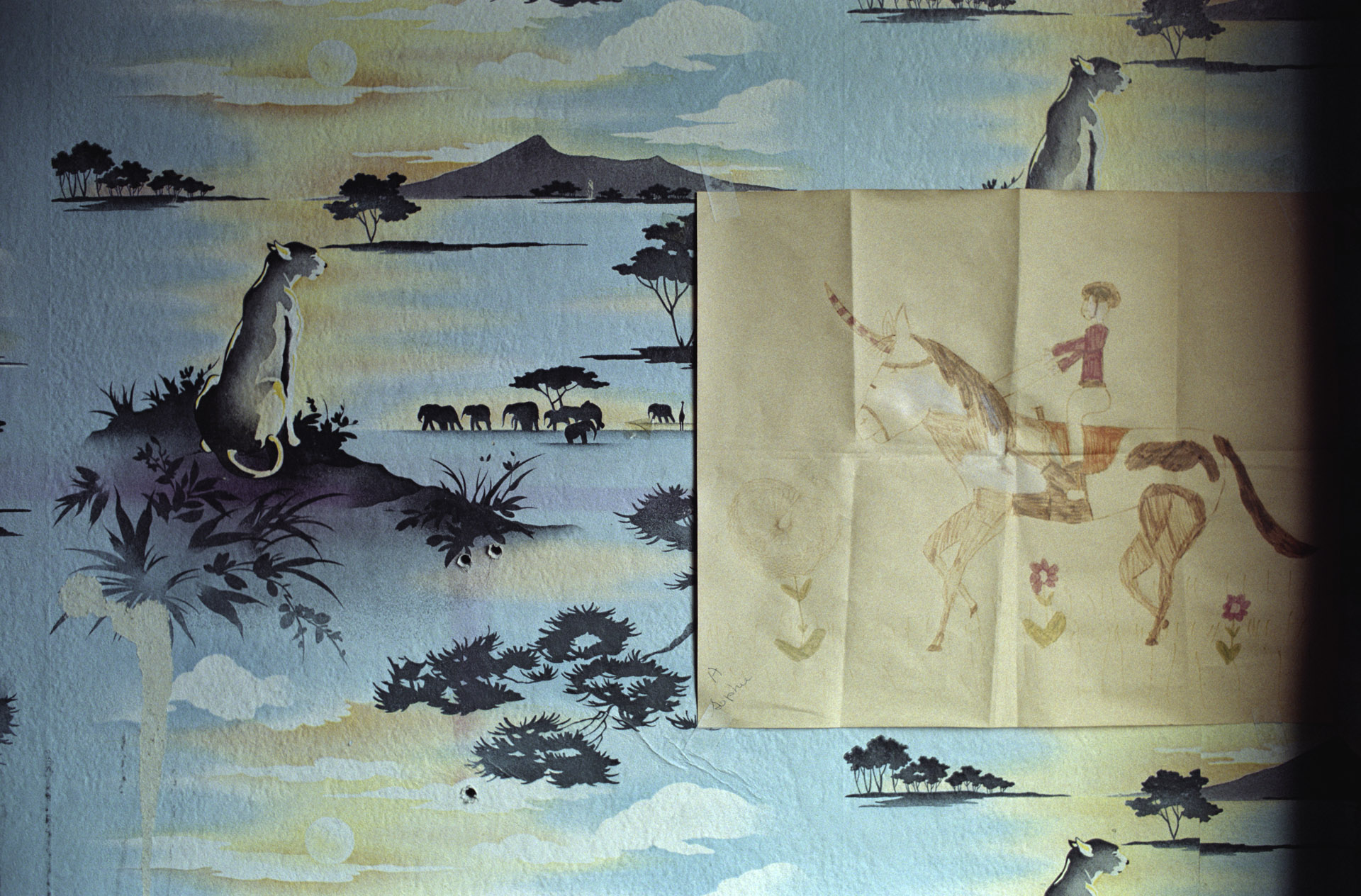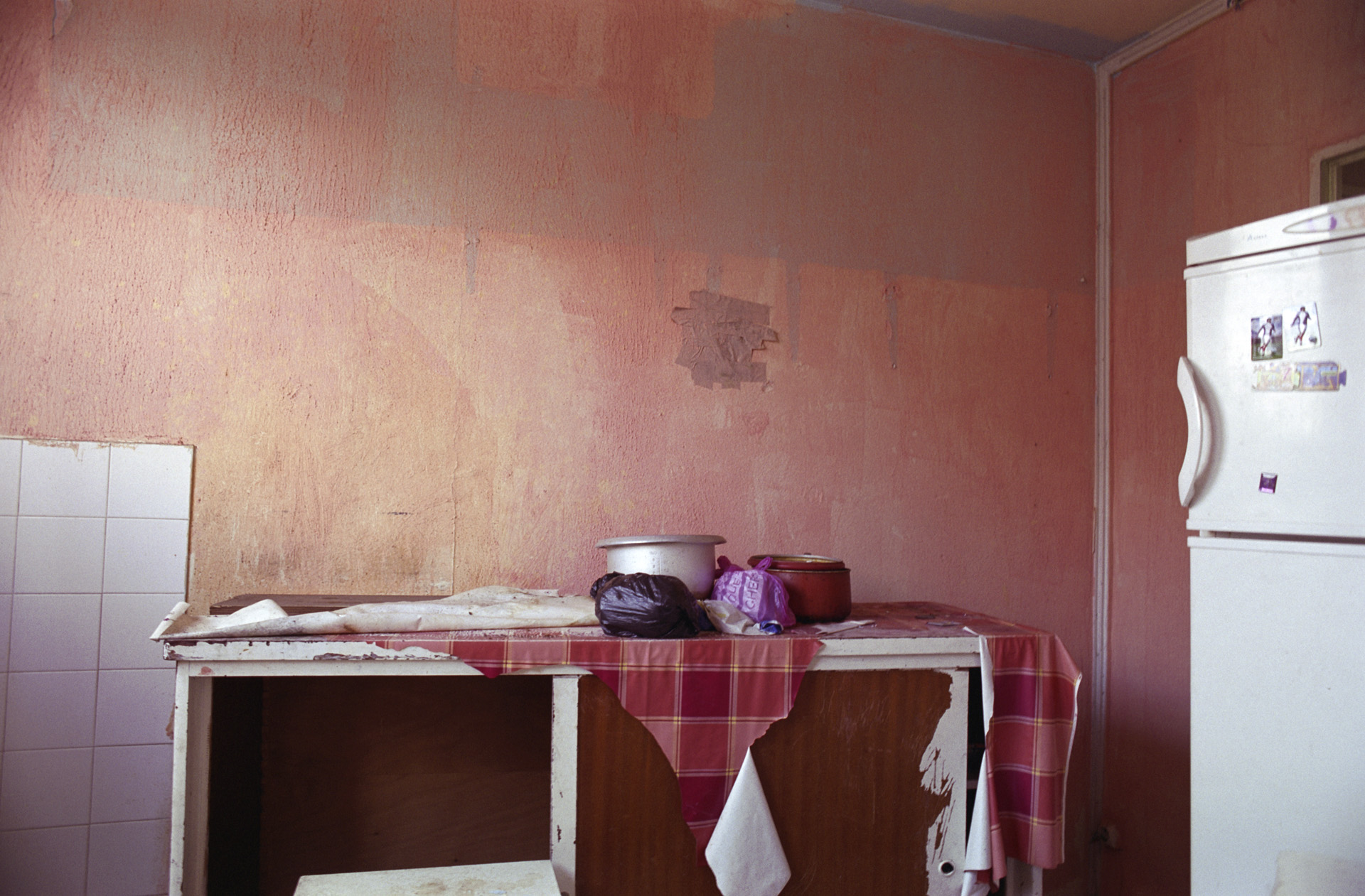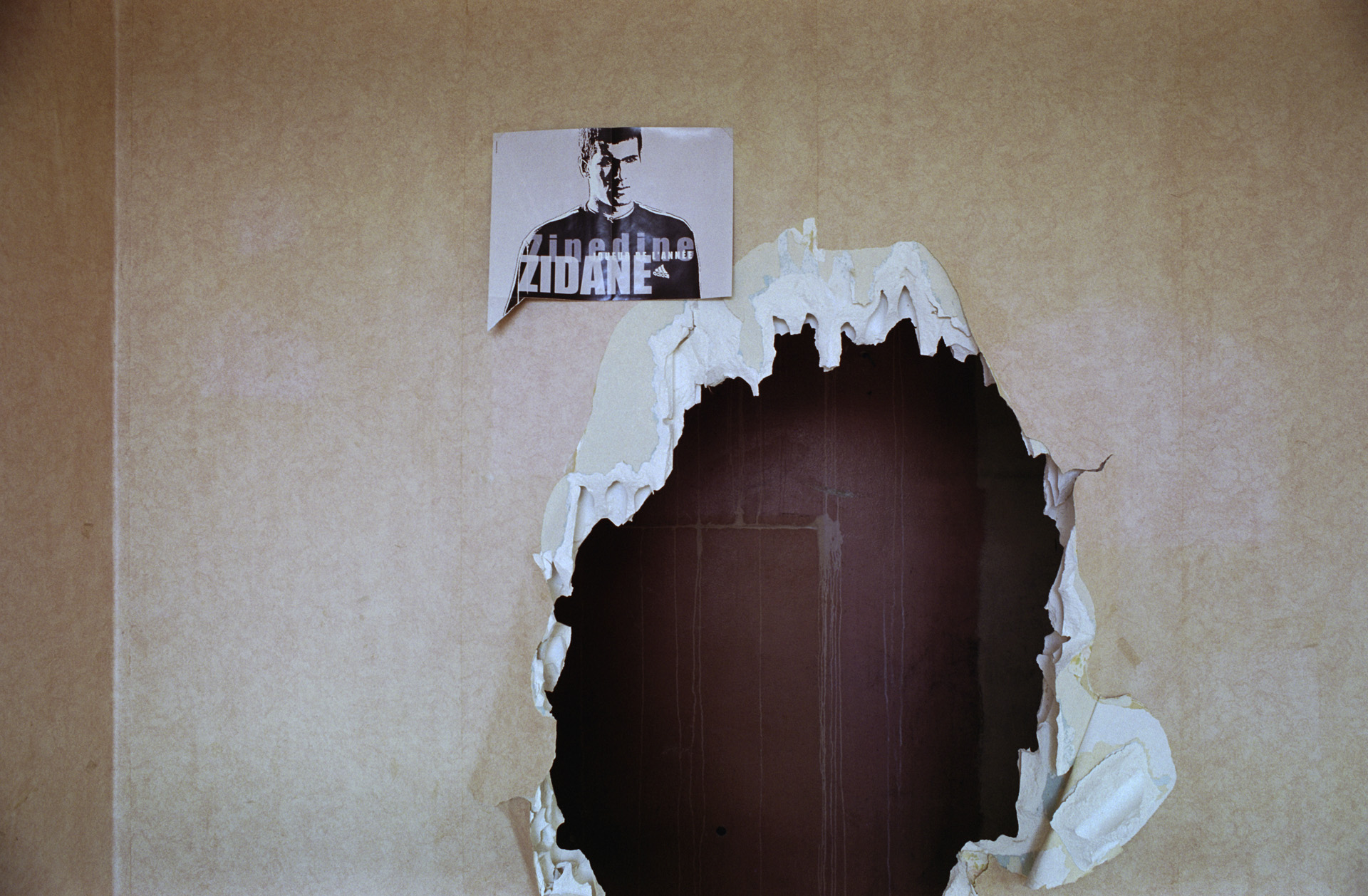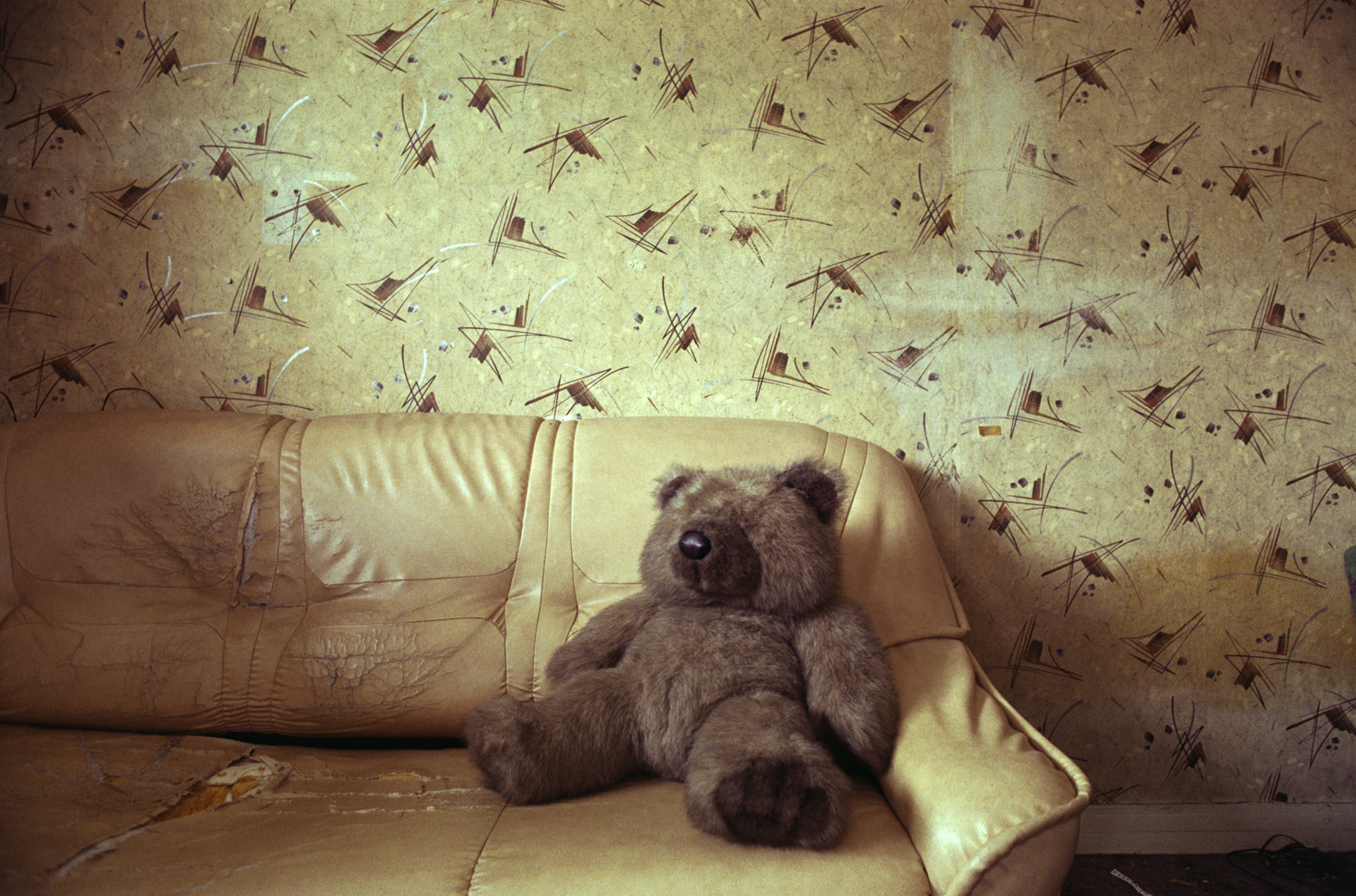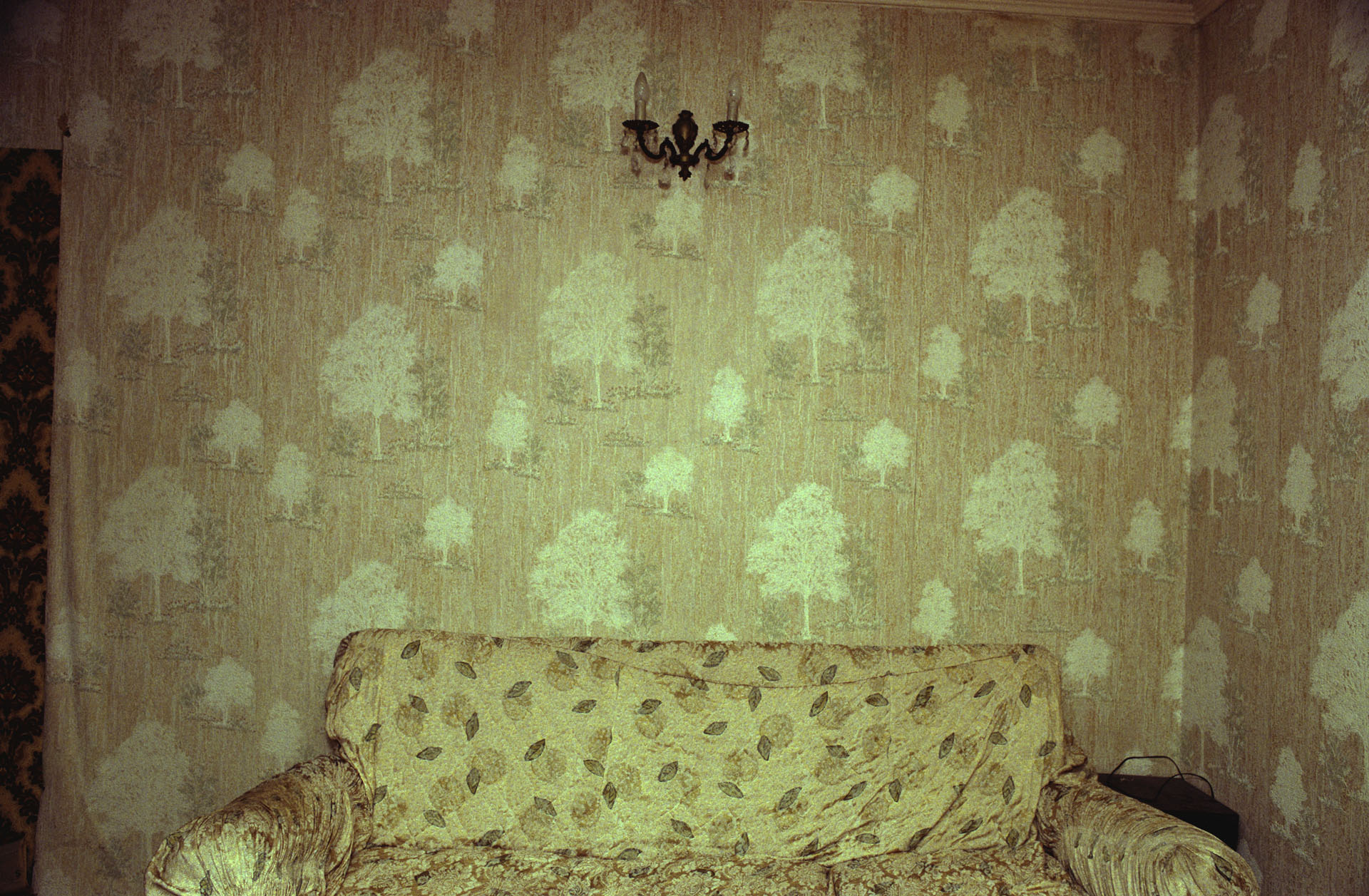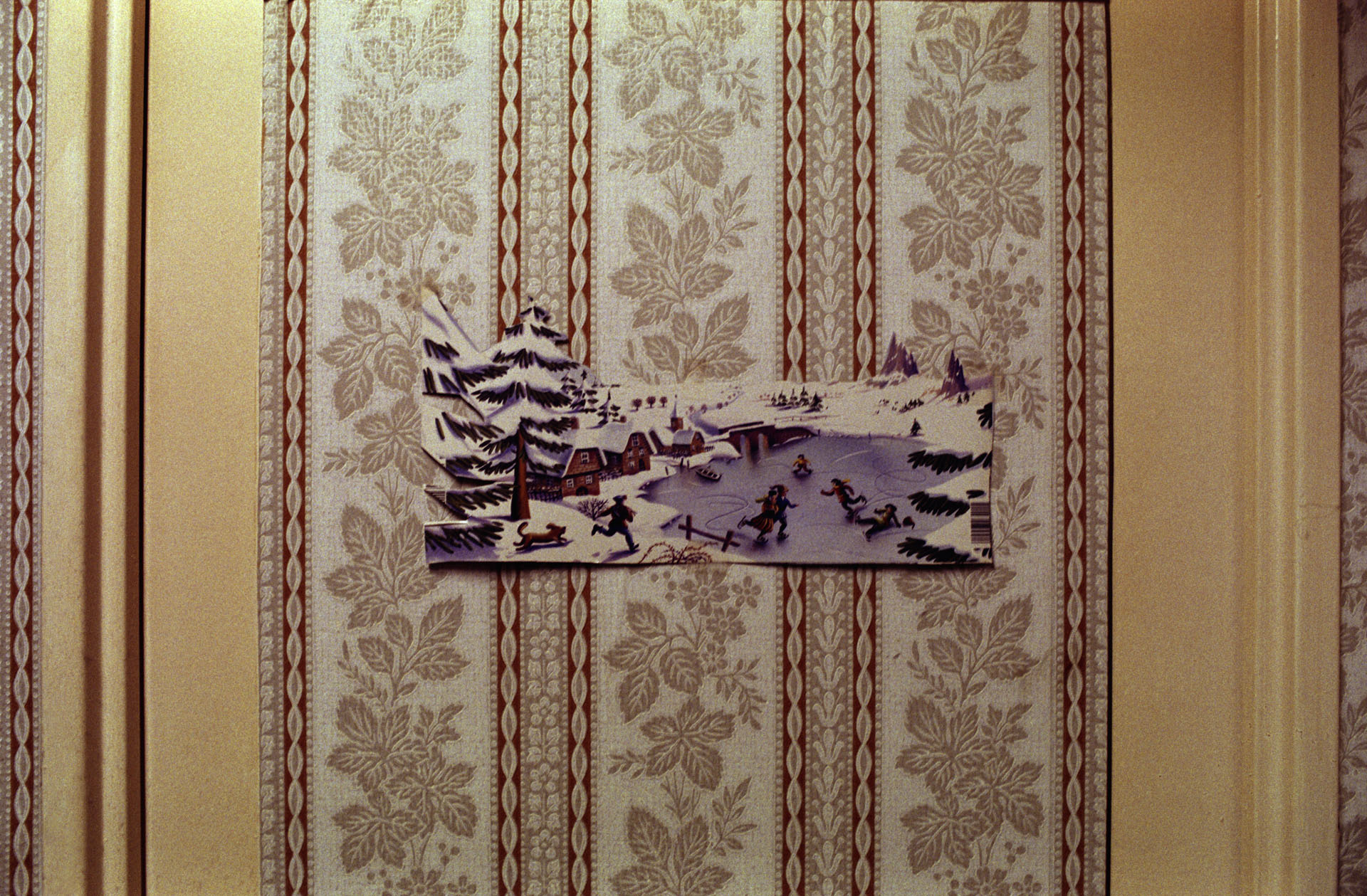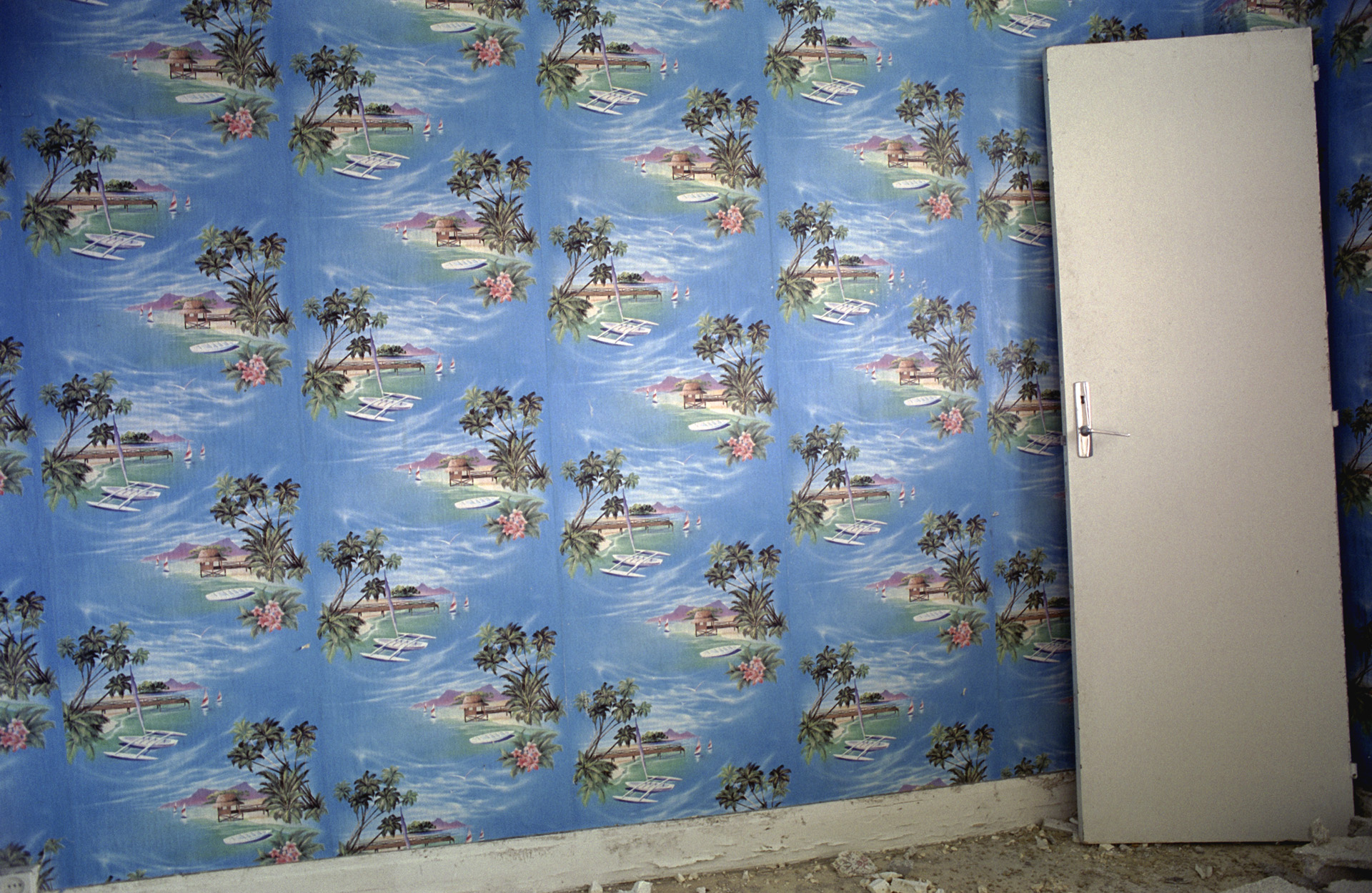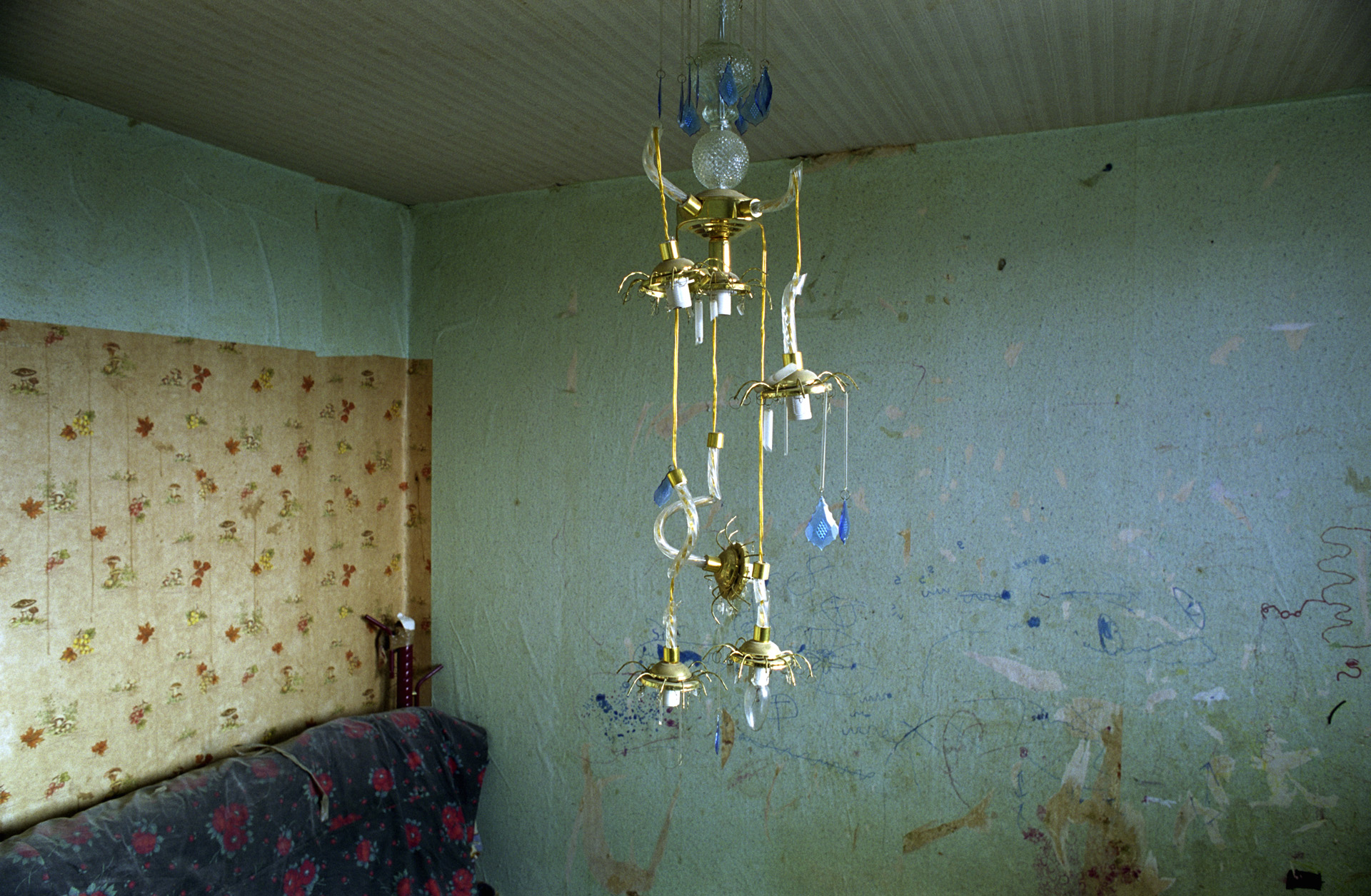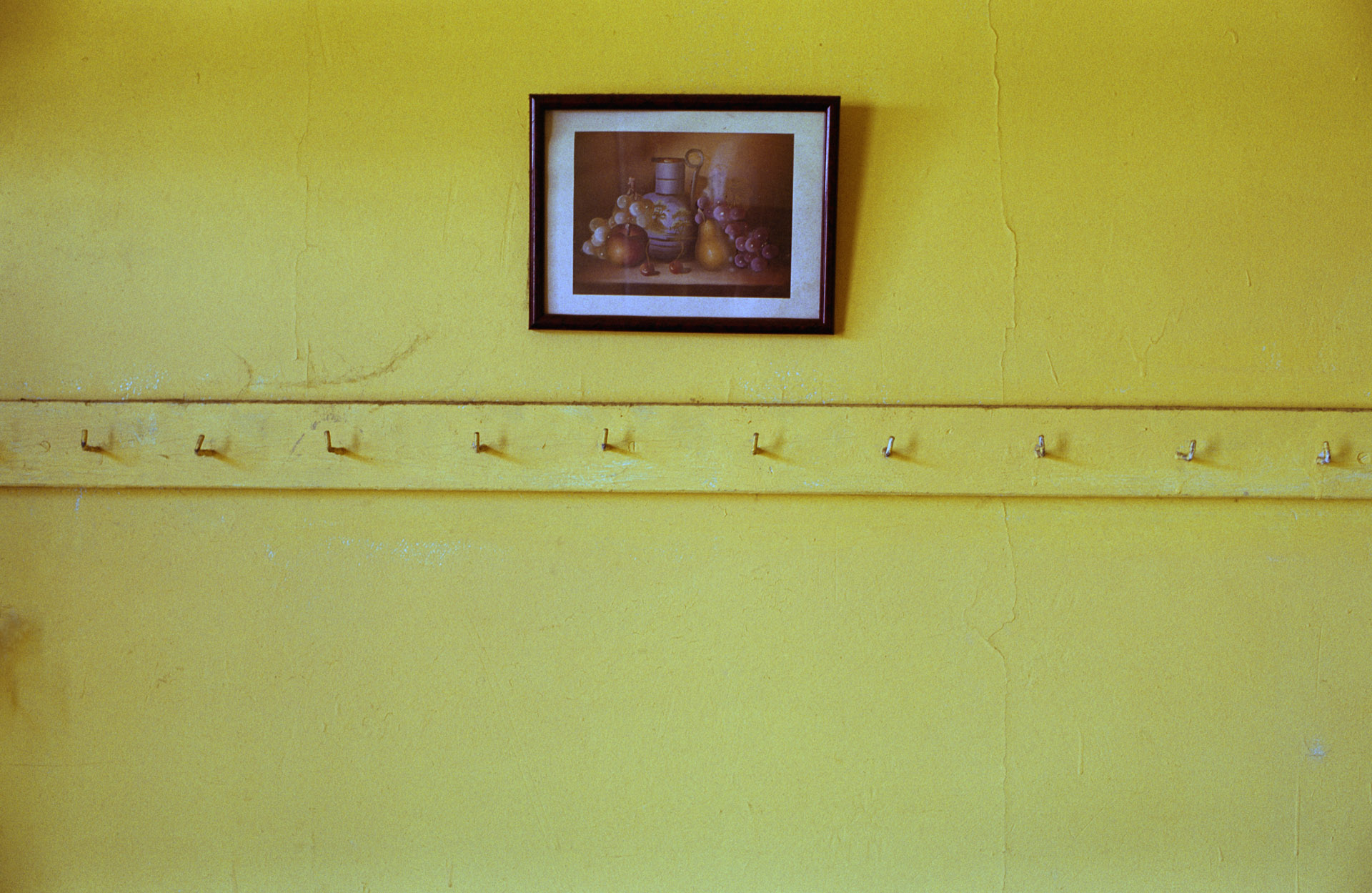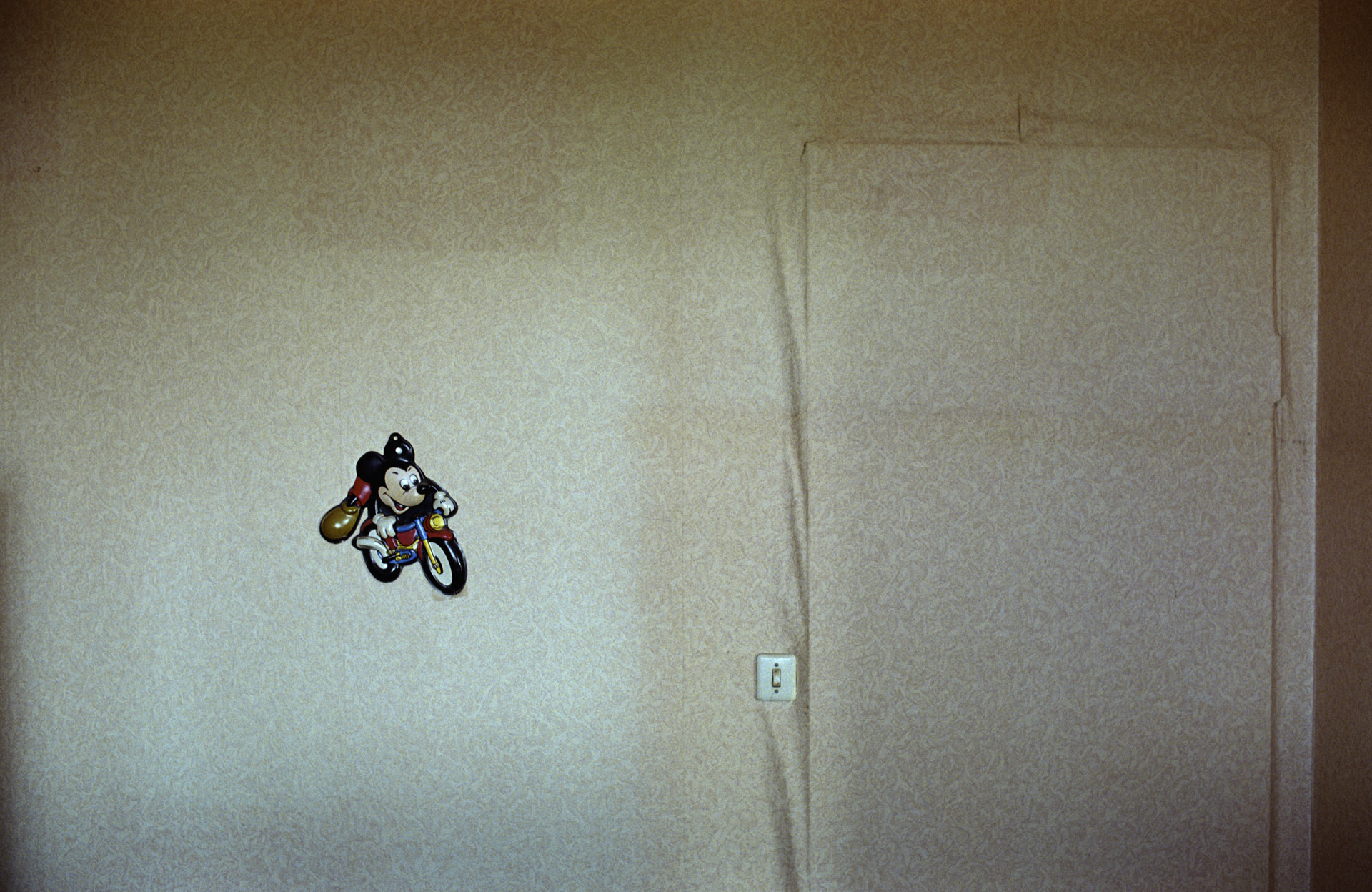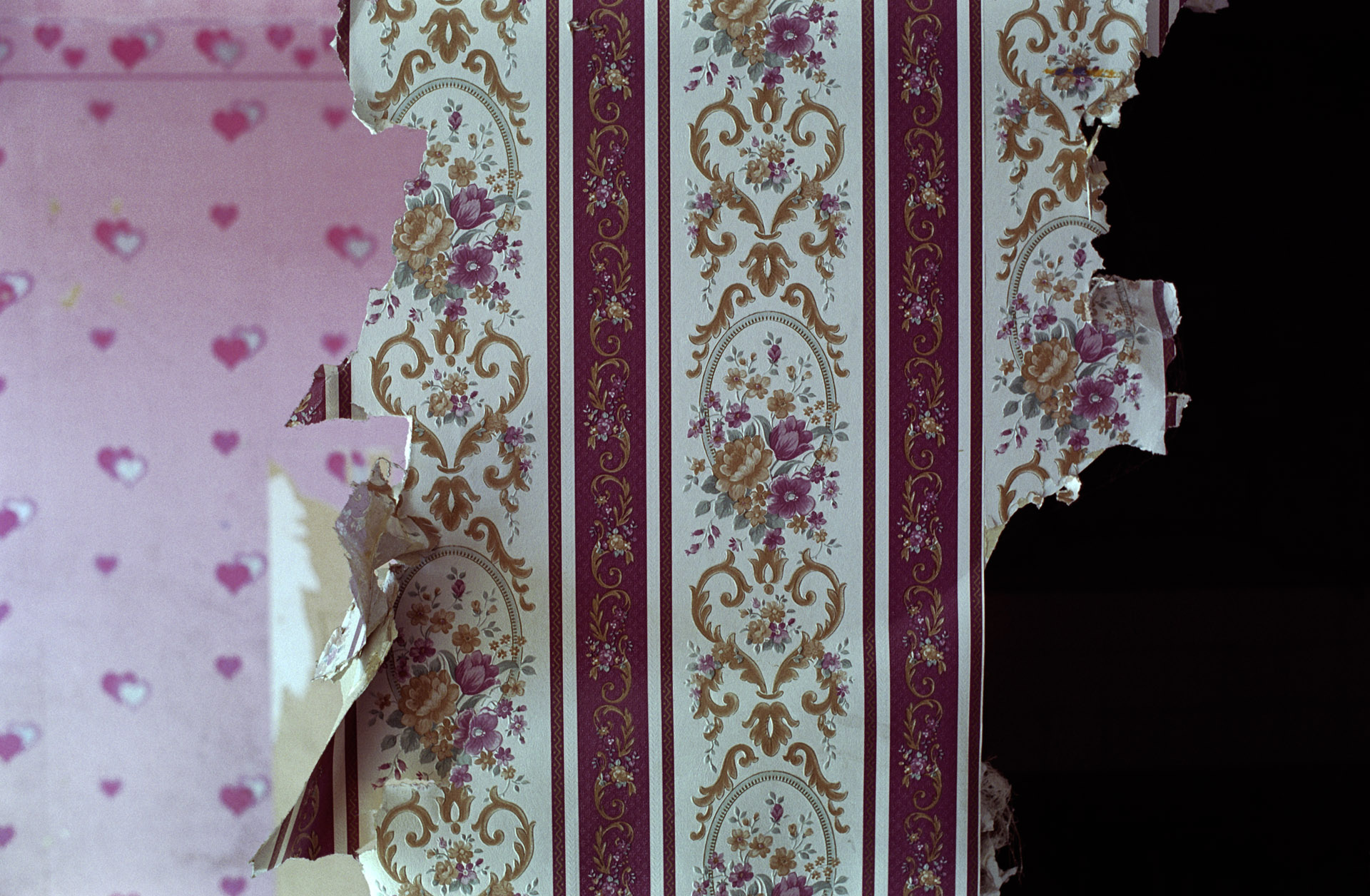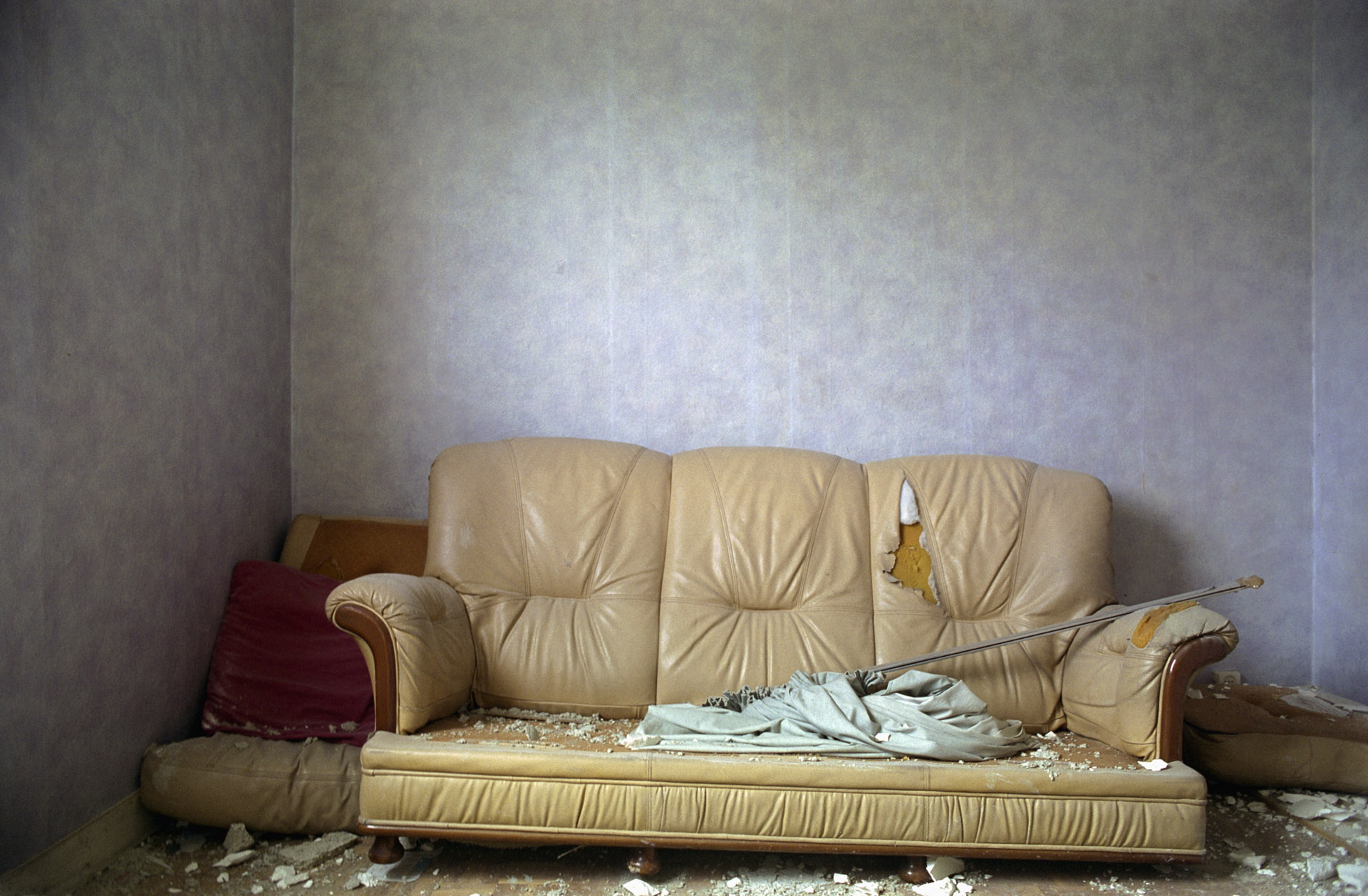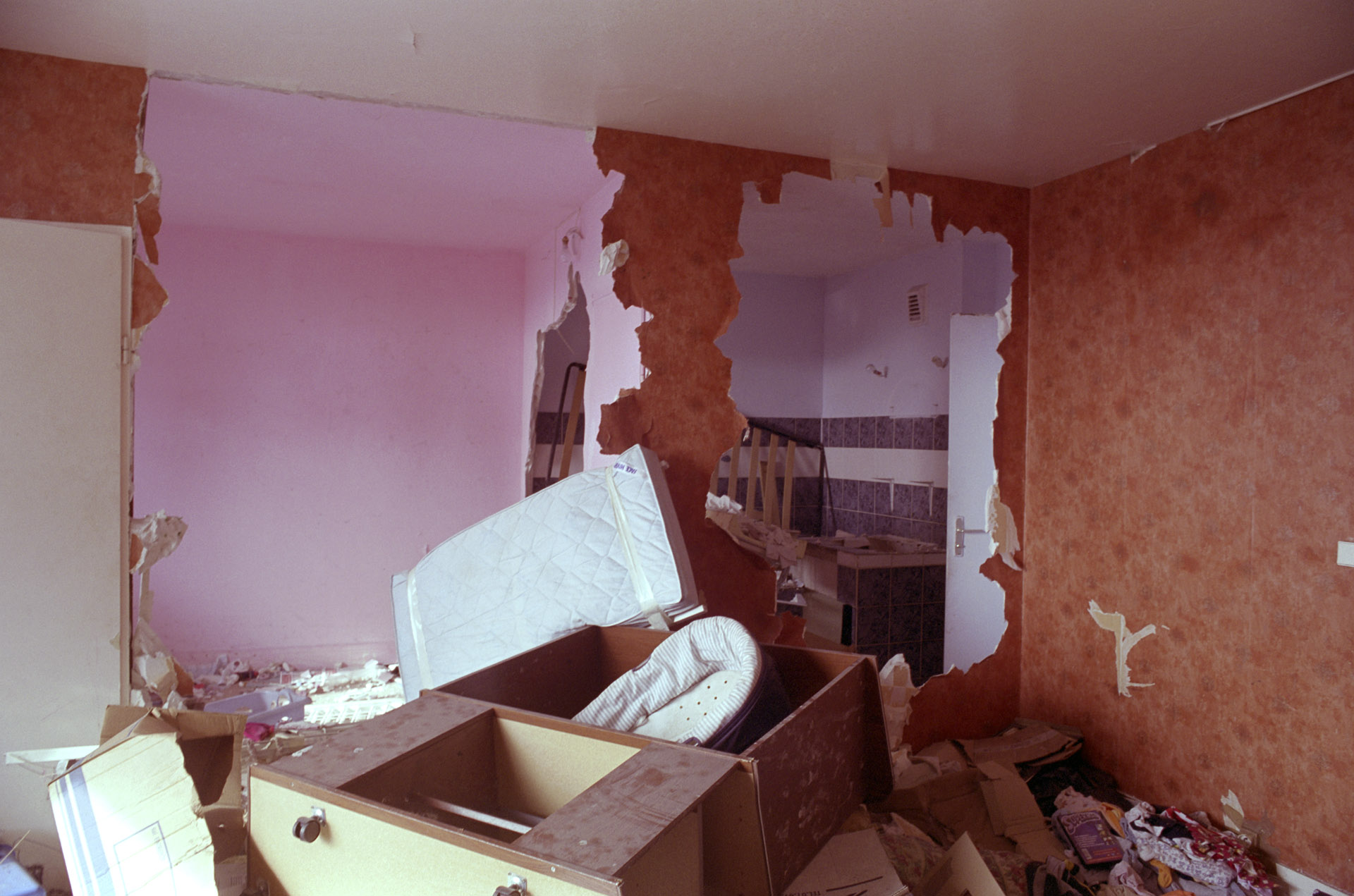Balzac
2009 and 2011
The history of La Courneuve began in March 1959 with the construction of the cité des 4000. Thousands of Pied-Noir (French citizens who lived in French Algeria before independence) were returning from Algeria, working-class families were being forced out of the Belleville area of Paris by a budding property development market as well as inhabitants of the Franc-Moison and La Campa slums were all immediately housed in La Courneuve. In 1984, La Courneuve took over the running of the cité des 4000 housing estate and launched an urban renewal programme. From 1986, many low-rise blocks were demolished and were replaced by small-scale council apartment buildings. The Balzac low-rise block was built in 1964. It was 50m high (15 storeys) and 185m long. In 2009, I gained access to apartments in the Balzac low-rise block on the day the tenants moved out. As the building was vacated, it progressively turned into a lawless zone. Dealers squatted in the empty apartments, using them to store their merchandise, and intimidated the isolated families. The housing project office was forced to contract a private security firm to protect the movers hired to help people pack. I wanted to keep a record of the memory of the place. My initial project turned into something in-between: I photographed empty rooms, as well as those yet to be emptied. The decoration, inscriptions on walls, abandoned objects, clothes and trinkets left behind were as many daily imprints as fragments of life there. In 2011, I photographed the apartments again, emptied of their occupants while demolition work progressed. Seen together these photographs evoke the passage of time and play with different levels of temporality.













